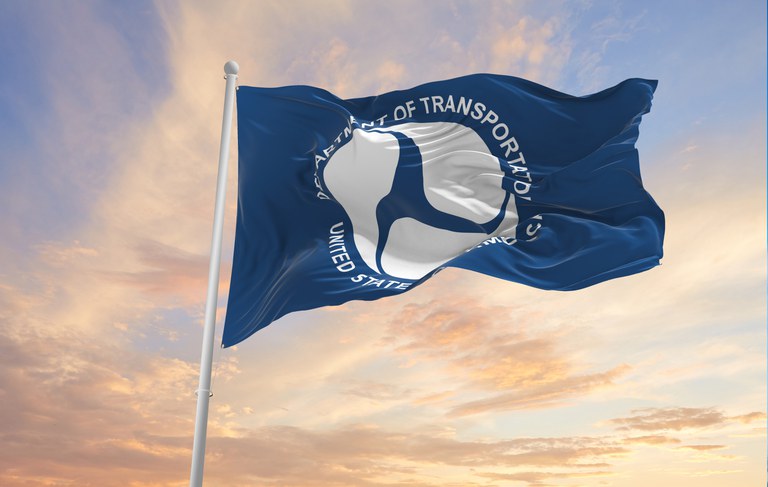U.S. Transportation Secretary Pete Buttigieg announces comprehensive national roadway safety strategy
Traffic Safety Corner
(Via USDOT) The U.S. Department of Transportation Secretary today announced the federal government’s new comprehensive National Roadway Safety Strategy (NRSS), a roadmap for addressing the national crisis in roadway fatalities and serious injuries. Almost 95 percent of the Nation’s transportation deaths occur on its streets, roads, and highways. While the number of annual roadway fatalities declined for many years, progress plateaued over the last decade and now alarmingly, fatalities have risen during the pandemic. The NRSS provides concrete steps that the Department will take to address this crisis systemically and prevent these tragic and avoidable deaths and serious injuries. Bolstered by historic funding included in President Biden’s Bipartisan Infrastructure Law, the NRSS is the first step in working toward an ambitious long-term goal of reaching zero roadway fatalities. 
The Department, as part of the NRSS, is adopting the “Safe System Approach,” which acknowledges both human mistakes and human vulnerability, and designs a redundant system to protect everyone by preventing crashes and ensuring that if they do occur they do not result in serious injury or death. The Department will use a five-pronged model to address safety: safer people, safer roads, safer vehicles, safer speeds and post-crash care. And importantly, the NRSS recognizes that reducing traffic fatalities will take sustained and concerted action from everyone across all sectors and all levels of government.
A few of the key actions include:
- Work with states and local road owners to build and maintain safer roadway through efforts including: updates to the Manual on Uniform Traffic Control Devices; a Complete Streets Initiative to provide technical assistance to communities of all sizes; and speed limit setting.
- Leveraging technology to improve the safety of motor vehicles on our roadways, including rulemaking on automatic emergency braking and pedestrian automatic emergency braking, and updates to the New Car Assessment Program.
- Investing in road safety through funding in the Bipartisan Infrastructure Law, including a new $6 billion Safe Streets and Roads for All program, hundreds of millions for behavioral research and interventions, and $4 billion in additional funding for the Highway Safety Improvement Program.
The NRSS recognizes that roadway safety is inextricably linked with the Biden-Harris Administration's equity and climate goals. Fatalities due to traffic crashes disproportionately affect communities of color, people living in rural areas, people with disabilities, and older adults. Traffic deaths among people who walk or bike are increasing more sharply than for people who drive.
The strategy was developed in coordination with the Department’s Executive Safety Council led by Deputy Transportation Secretary Polly Trottenberg. The NRSS builds on and harmonizes efforts from across the department’s three roadway safety agencies: the Federal Highway Administration, National Highway Traffic Safety Administration and the Federal Motor Carrier Safety AdThe Bipartisan Infrastructure Law, also known as the Investment in Infrastructure and Jobs Act, is the Biden-Harris Administration’s plan for building a better America with a $1.2 trillion investment in our nation’s infrastructure and competitiveness. This Bipartisan Infrastructure Law will rebuild America’s roads, bridges and rails, upgrade and expand public transit, modernize the nation’s ports and airports, improve safety, tackle the climate crisis, advance environmental justice, and invest in communities that have too often been left behind. It will drive the creation of good-paying union jobs and grow the economy sustainably and equitably so that everyone gets ahead for decades to come.
Access the full article here.
You can read the complete National Roadway Safety Strategy here.
